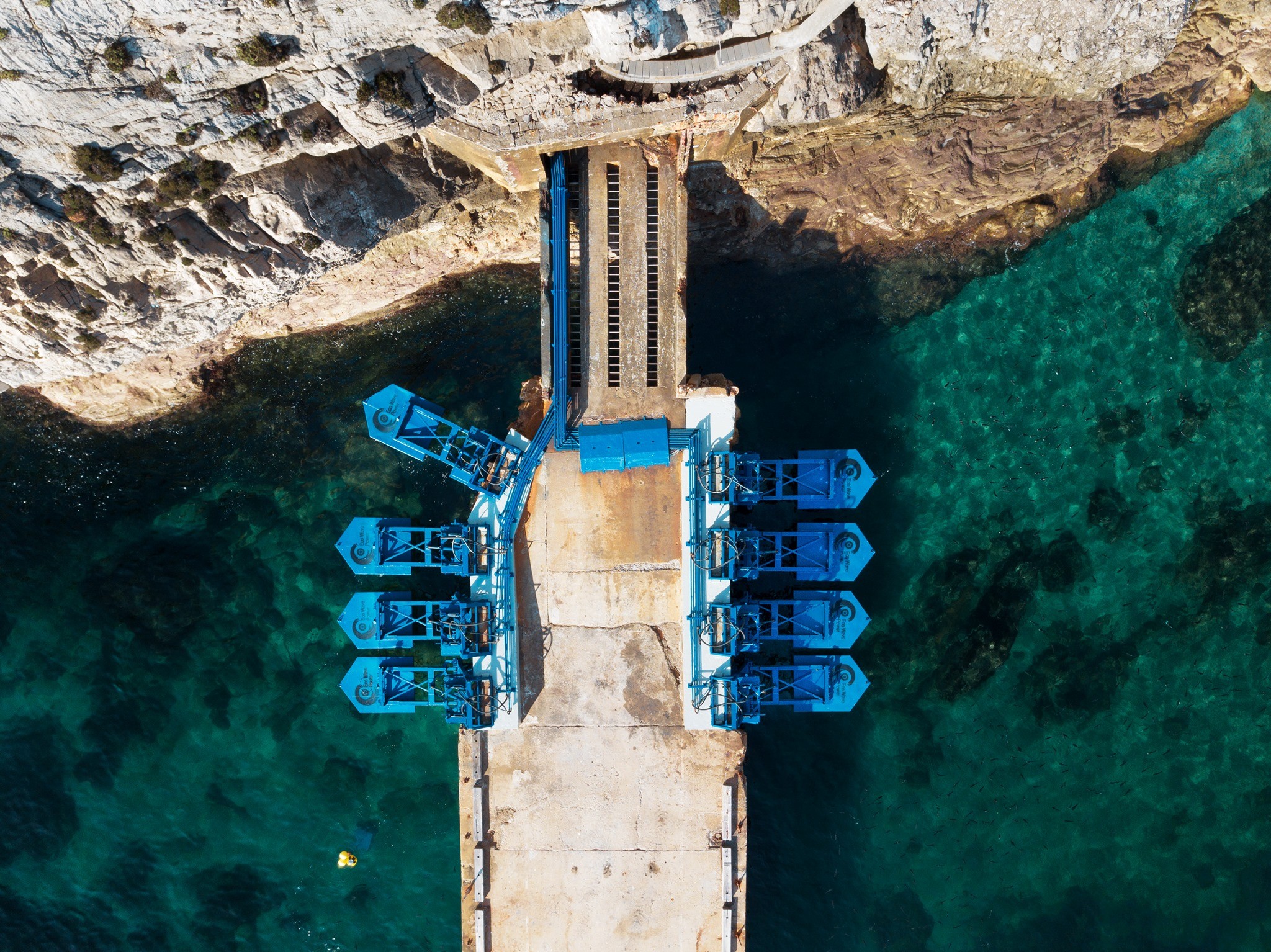
The Israeli start up will be responsible for securing all the licenses, constructing, and commissioning the power plant/s and selling the electricity to be generated by the power plant in accordance with an approved production quota, to be determined for the site.
The first phase will see construction of a plant of up to 1MW, and the second stage involves the construction, operation and maintenance of the remaining capacity of the plant, taking it up to 2MW.
Port Adriano will have a right of first refusal to invest partially or fully in both stages of the project, and Eco Wave Power will have the right to combine the two stages of the project and execute the whole 2MW from the start.
Inna Braverman, Founder and CEO of Eco Wave Power, said when it comes to renewable energy, Spain foresees a sizeable buildout of new renewables capacity to reach 74% of electricity generation by 2030, capitalising on its 8,000kms of coastline.
"The combination of Spain's ambitious renewable energy goals, along with its significant coastline, makes it an optimal market for Eco Wave Power," he said.
Antonio Zaforteza, CEO of OCIBAR, the company that owns the Port of Adriano, believes Eco Wave Power is "a perfect fit" to the innovation and sustainability vision of Port Adriano, creating a new way of generating renewable energy, that will help its port and country meet climate goals.
Spain's National Energy and Climate Plan (2021-2030) outlines several policy actions in various sectors that will support the country's climate targets, including a 23% reduction in greenhouse gas emissions from 1990 levels; a 42% share of renewables in energy end use; a 39.5% improvement in energy efficiency; and a 74% share of renewables in electricity generation.
Spain's share of renewables (including non-renewable waste) in the national electricity mix grew from 24% in 2009 to 38% in 2019. Coal is being phased ut and nuclear, which accounted for 22% of power generation in 2019, will begin shutting down from 2027. Four of Spain's seven nuclear reactors are scheduled to close by the end of 2030, representing around 4GW of capacity.
Eco Wave Power is advancing its efforts to bring wave energy to the State of New Jersey (click here).

How wave energy works
Floaters draw energy from incoming waves by converting the rising and falling motion of the waves into an clean energy generation process
The movement of the floaters compresses and decompresses hydraulic pistons which transmit bio-degradable hydraulic fluid into land located accumulators
In the accumulators, built up pressure rotates a hydraulic motor, which rotates the generator, and then the electricity is transferred into the grid, via an inverter